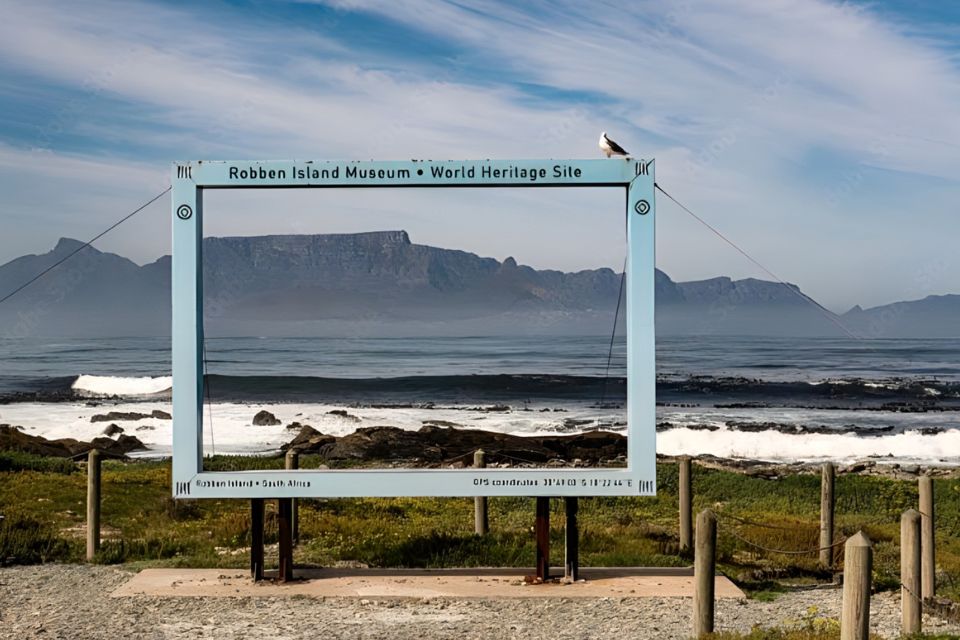At Robben Island, history comes alive as we delve into the significance of this remarkable UNESCO World Heritage Site.
This island, located off the coast of Cape Town, South Africa, has witnessed pivotal moments in our collective history.
From being a prison for political activists during apartheid to becoming a symbol of triumph over oppression, Robben Island stands as a testament to the resilience and strength of the human spirit.
Key Takeaways:
- Robben Island is recognized as a UNESCO World Heritage Site due to its historical and cultural significance.
- The maximum security prison on the island, where political prisoners were held, serves as a powerful symbol of the fight against apartheid.
- Nelson Mandela, one of the most influential figures in the anti-apartheid movement, was imprisoned on Robben Island for 18 years.
- Visitors can explore the island’s attractions, including guided tours of the maximum security prison and the Robben Island Museum.
- The conservation and management of Robben Island are crucial for its preservation as a historical and educational site.
The History of Robben Island
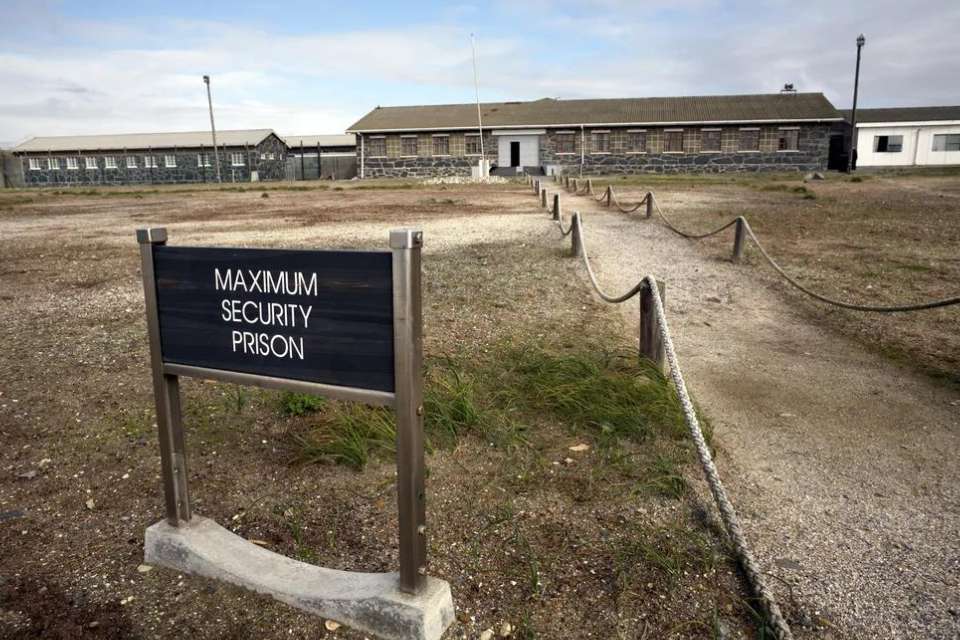
Robben Island has a fascinating history that spans centuries. Originally used as a prison by the Dutch for convicted criminals and political prisoners, it continued to serve as a place of incarceration during the British occupation of the Cape.
In the 1800s, it took on the roles of an asylum for the mentally ill and a colony for lepers, paupers, and the chronically ill.
As the 20th century dawned, Robben Island transformed into a military outpost before returning to its dark past as a prison during the apartheid era in South Africa.
It was during this time that the island gained international attention as it became the detention site for many Black political prisoners, including the iconic Nelson Mandela.
Today, Robben Island symbolizes the relentless fight against oppression and the quest for freedom. Its history serves as a stark reminder of the injustices of apartheid and the resilience of those who dared to challenge it.
Explore the historic halls of the Robben Island prison and delve into the stories of those who fought for justice in one of the most infamous correctional facilities of its time.
The Significance of Robben Island
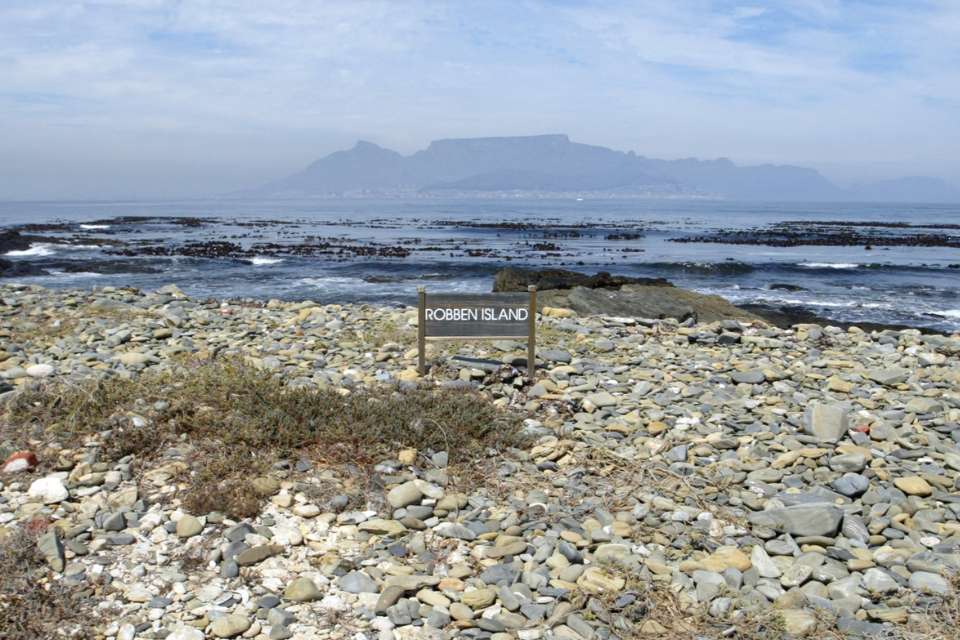
Robben Island holds immense historical and cultural significance, making it a place of great importance and interest. The island’s significance stems from its association with the struggle against apartheid, a dark period in South Africa’s history.
During the apartheid regime, Robben Island served as a place of imprisonment for political activists fighting for equality and freedom.
One of the most iconic figures to be held on Robben Island was Nelson Mandela, who spent 18 years of his life as a political prisoner there. Mandela’s imprisonment, along with that of many other brave individuals, turned the island into a symbol of resistance and hope.
Robben Island represents the oppressive policies and actions of the apartheid regime, highlighting the lengths to which the government went to silence those advocating for change.
The island also symbolizes the triumphant spirit of democracy and equality, as it now stands as a testament to the resilience and determination of those who fought for freedom.
Today, Robben Island continues to be a powerful reminder of the struggles and sacrifices made during apartheid. It serves as a place of education and reflection, allowing visitors to learn about the history of South Africa and the long journey towards democracy.
The significance of Robben Island cannot be overstated, as it represents not only the past but also the hope for a more inclusive and just future.
Tourist Attractions on Robben Island
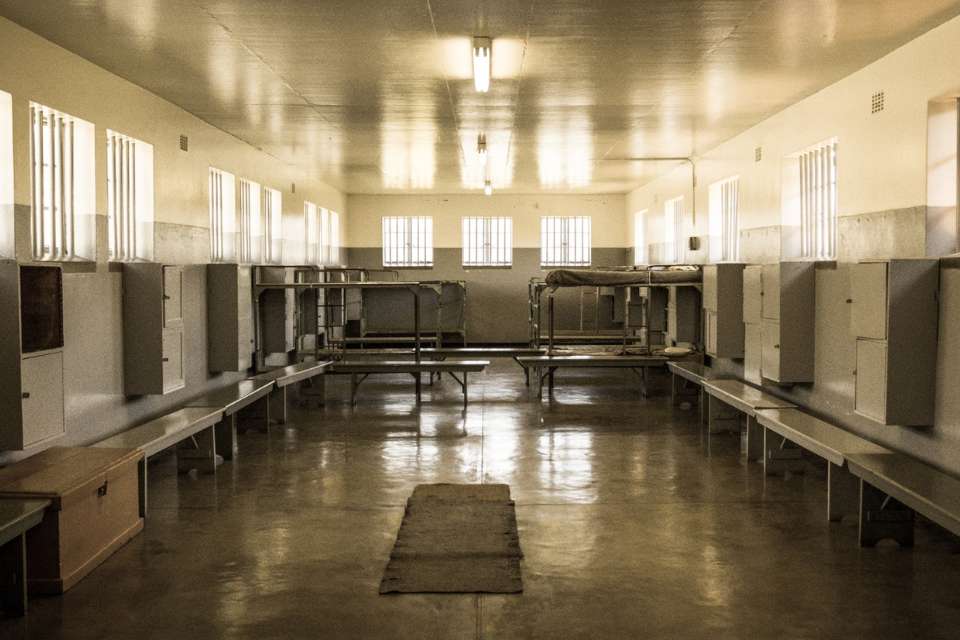
Robben Island, located off the coast of Cape Town in South Africa, is a world-renowned tourist destination that attracts visitors from all corners of the globe.
This historically significant island offers an array of fascinating attractions that provide unique insights into its past and the struggles endured by political prisoners during the apartheid era.
Guided Tours of the Maximum Security Prison
One of the main highlights of a visit to Robben Island is the opportunity to explore the maximum security prison, where political prisoners, including the legendary Nelson Mandela, were held captive.
With the guidance of knowledgeable tour guides, visitors can retrace the steps of those who fought for freedom and gain a deeper understanding of the hardships faced by these courageous individuals.
Robben Island Museum
The Robben Island Museum is a must-visit attraction for those interested in delving deeper into the history and significance of the island. The museum houses a multitude of informative exhibits and displays that provide invaluable insights into the lives of political prisoners.
From photographs to personal artifacts, visitors can immerse themselves in the stories of those who fought against apartheid and contributed to shaping South Africa’s future.
Exhibitions and Displays
In addition to the maximum security prison and the museum, Robben Island offers various exhibitions and displays that shed light on different aspects of its history.
These exhibits provide further context and ensure a comprehensive exploration of the island’s significance. Visitors can learn about the daily lives of political prisoners, the conditions they endured, and the impact of their activism.
Robben Island offers an unforgettable experience, allowing visitors to engage with history in a tangible and profound way. Through guided tours, visits to the museum, and exploration of exhibitions, tourists can gain a deep appreciation for the resilience and determination of those who fought against apartheid.
The island stands as a powerful symbol of the triumph of unity, democracy, and human rights over oppression and discrimination.
The Condition and Conservation of Robben Island
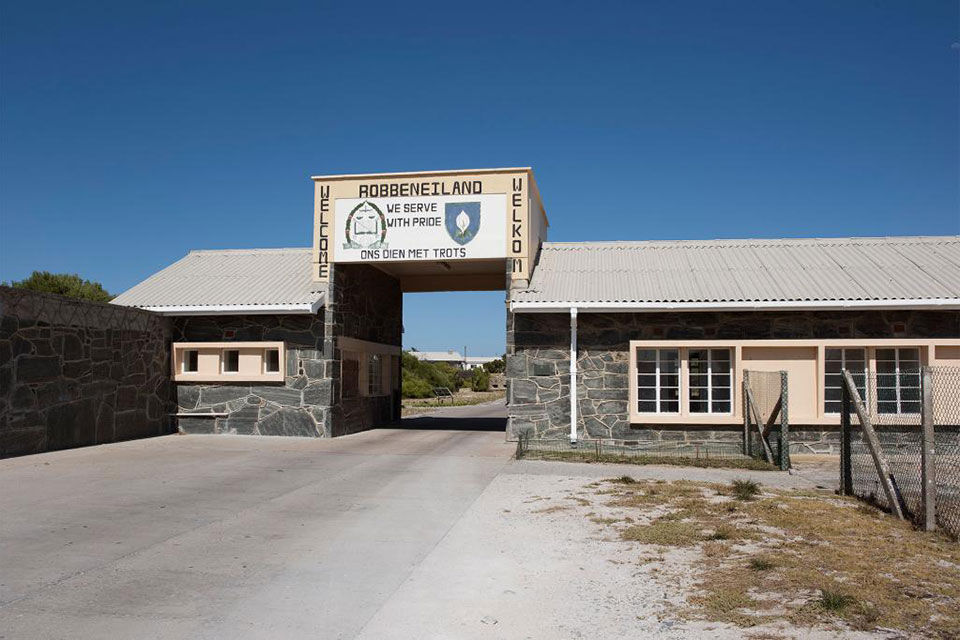
The buildings on Robben Island are in need of maintenance and conservation efforts due to the passage of time and the increasing number of visitors.
Over the years, the structures, including the maximum security prison, have suffered wear and tear and require rehabilitation and repairs to ensure their long-term preservation.
Additionally, there is a need for a visitor center and interpretation facilities to enhance the experience for self-guided visitors.
These facilities would provide valuable information and context about the island’s history, ensuring that visitors fully understand the cultural significance of the site and its role in the struggle against apartheid.
The responsibility for the management and conservation of Robben Island lies with the Robben Island Museum. The museum is actively engaged in rehabilitation projects and the development of a comprehensive management plan to ensure the protection and preservation of the island’s unique cultural heritage.
Through collaboration and careful planning, the museum aims to strike a balance between providing access to the site and safeguarding its historical integrity.
Conserving Robben Island is not only about preserving physical structures, but also about safeguarding the stories and memories associated with the island.
By maintaining the authenticity of the site and promoting sustainable practices, we can ensure that future generations have the opportunity to learn from and engage with this important piece of history.
Threats to Robben Island
Robben Island, as a highly visited tourist destination, faces several threats that have the potential to compromise its integrity and cultural significance. One of the main challenges is the pressure of tourism and the increasing number of visitors.
The high demand on resources combined with insufficient management planning can result in the deterioration of structures on the island.
Another significant issue is the problem of garbage. Plastic papers thrown from passing ships pose a serious threat to the island’s environment and ecosystem. The accumulation of waste not only damages the natural beauty of the island but also endangers the wildlife living there.
Introduced wildlife, such as rabbits and guinea fowl, also poses a challenge to the island’s delicate ecosystem. These non-native species can disrupt the natural balance and potentially harm the indigenous flora and fauna.
To safeguard the invaluable historical and cultural heritage of Robben Island, efforts are being made to address these threats. Conservation initiatives and strict regulations are being implemented to protect the island from the negative impact of tourism and to preserve its unique ecosystem.
Collaboration between the Robben Island Museum and relevant authorities is crucial in ensuring the long-term protection and sustainable management of this iconic site.
Protection and Management of Robben Island
Robben Island holds a special place in history and culture as a National Heritage Site in South Africa. To ensure its preservation, the island is governed by a set of acts and regulations that prioritize its conservation and protection.
The responsibility for managing Robben Island lies with the Robben Island Museum Council. Our focus is on physical conservation, interpretation, and visitor management.
Through strategic planning and careful implementation of an integrated conservation management plan, we aim to safeguard the island’s unique cultural heritage for future generations.
Effective management also involves the recommendation and establishment of a maintenance system that ensures the ongoing upkeep and sustainability of the island.
By recognizing the significance of Robben Island and implementing robust management practices, we can secure its long-term preservation.
Conclusion
Robben Island is more than just a place, it is a symbol of resilience, triumph, and the human spirit. As a UNESCO World Heritage Site, it holds immense historical and cultural significance, attracting visitors from around the world.
The island’s role in the fight against apartheid and its association with iconic figures like Nelson Mandela make it a must-visit destination for those seeking to understand South Africa’s past.
When visiting Robben Island, tourists have the opportunity to delve into its rich history through guided tours. Exploring the maximum security prison, where political prisoners were held, allows visitors to gain a deeper understanding of the struggles and sacrifices made in the pursuit of freedom.
Additionally, the Robben Island Museum offers exhibitions and displays that provide further insights into the lives of those who were incarcerated on the island.
Preserving Robben Island for future generations is of utmost importance. Conservation efforts, including the rehabilitation and maintenance of the island’s structures, are essential to ensure its integrity.
The management of visitor numbers and the implementation of an integrated conservation management plan are crucial to strike a balance between accessibility and sustainability.
Robben Island stands as a reminder of the importance of never forgetting our history and the power of unity in the face of adversity.
With its historical significance, fascinating tourist attractions, and ongoing conservation efforts, Robben Island continues to be a beacon of hope and inspiration for all who visit.
FAQ
Why is Robben Island a UNESCO World Heritage Site?
Robben Island is recognized as a UNESCO World Heritage Site due to its profound historical and cultural significance. It serves as a powerful symbol of the triumph of democracy and freedom over oppression and racism.
What is the history of Robben Island?
Robben Island has a complex history. It was initially used as a prison by the Dutch and later served as an asylum for the mentally ill, a colony for lepers, and a military outpost. During apartheid, it was a maximum security prison for political prisoners, including Nelson Mandela.
Why is Robben Island significant?
Robben Island is highly significant as it represents the struggle against apartheid. Nelson Mandela and other political activists were held there, making it a symbol of resistance and the fight for freedom.
What tourist attractions are there on Robben Island?
Robben Island offers various tourist attractions, including guided tours of the maximum security prison, a visit to the Robben Island Museum, and exhibitions that provide insights into the lives of political prisoners.
What is the condition and conservation status of Robben Island?
Some structures on Robben Island, such as the maximum security prison, require rehabilitation and repairs. The Robben Island Museum is working on a management plan to ensure the preservation of the island’s cultural heritage.
What are the threats to Robben Island?
Robben Island faces threats such as tourism pressure, increasing visitor numbers, litter from passing ships, and the presence of introduced wildlife. Efforts are being made to address these threats and protect the island’s integrity.
How is Robben Island protected and managed?
Robben Island is legally protected as a National Heritage Site in South Africa. The Robben Island Museum Council is responsible for its management, including physical conservation, interpretation, and visitor management.
What is the significance of Robben Island as a whole?
Robben Island holds immense historical and cultural significance as a symbol of resistance against apartheid. Its status as a UNESCO World Heritage Site reflects its importance on a global scale.

